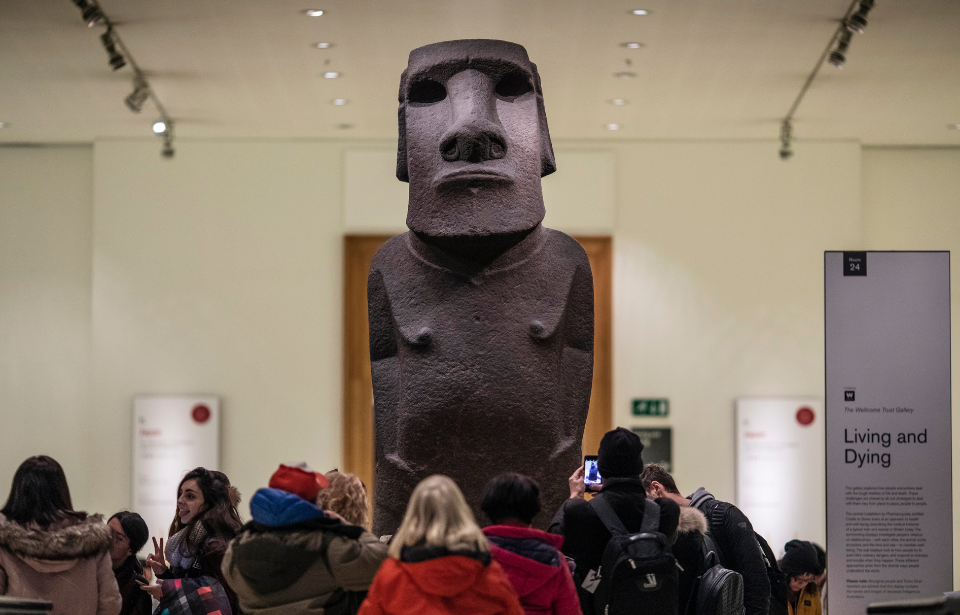The British Museum is widely known for its abundant collection of cultural artifacts, the origins of which can be traced to all corners of the world. One such item is the Hoa Hakananai’a, a remarkable Moai basalt sculpture native to the remote volcanic Easter Island, a territory of Chile in the southern Pacific Ocean. It has been away from its original home for a long time, and now, a century and a half later, the Rapa Nui are demanding the return of their revered relic.
It’s been in British hands for over a century
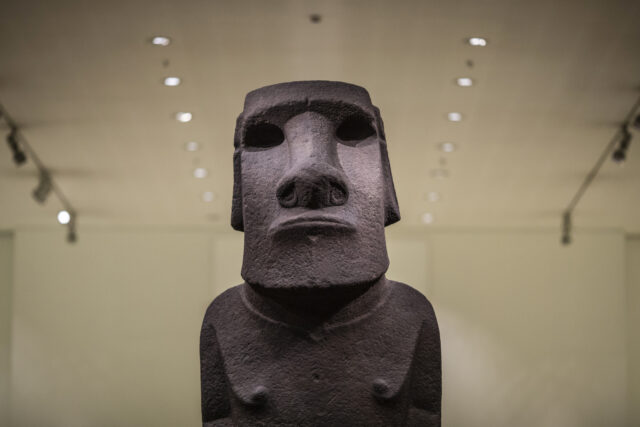
The Hoa Hakananai’a monolith — greatly revered among the indigenous Rapa Nui people whose culture is deeply connected with Moai sculptures and who claim Easter Island as their ancestral territory — was acquired by the British vessel HMS Topaze in 1868. The Moai was then presented to Queen Victoria by Royal Navy Captain Richard Powell, after which the queen passed it forward to the British Museum.
The campaign for its return begins
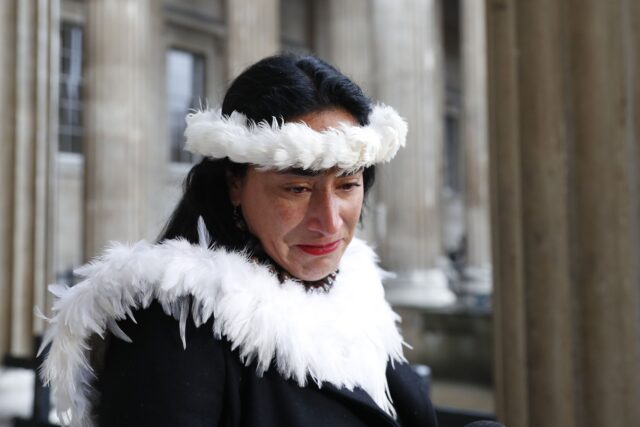
For the Rapa Nui people, the monument contains the spirit and soul of an important ancestor. It not only personifies their distant relative but also provides protective powers over the community. The campaign of the Rapa Nui to have the Moai return to Chile began in the summer of 2018, shortly after they gained self-governance of their ancestral territories. The Chilean government has also stepped in to support the Rapa Nui demand.
“Give us a chance so he can come back,” the governor of Easter Island, Tarita Alarcón Rapu, said through tears. “You have our soul,” she said. Following the historic meeting between the visiting Rapa Nui delegation in London and top representatives from the British Museum that took place on November 20, 2018, she stated, “My grandma, who passed away at almost 90 years, she never got the chance to see her ancestor.”
“I am almost half a century alive and this is my first time,” Rapu added, referring to her first glimpse of the Hoa Hakananai’a.
The outcome of the campaign is unclear
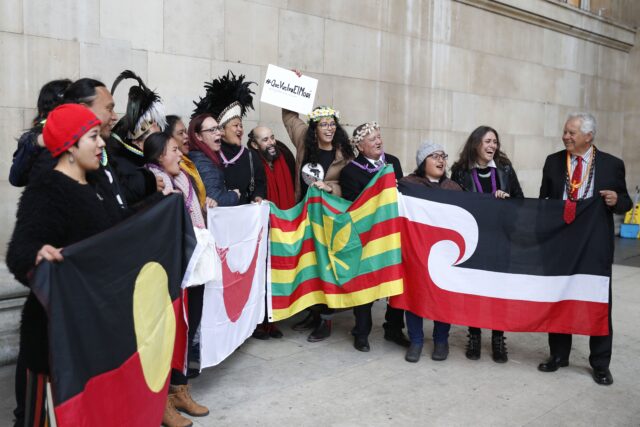
While it served as a positive step to resolution, the meeting did not clear up the future for the sculpture. However, Felipe Ward, Chile’s heritage minister, commended the meeting of the two sides as “pretty positive.”
The Easter Island delegation, besides having dedicated offerings and a dance ceremony to Hoa Hakananai’a on the day of the meeting, also proposed that they swap the original with a copy that can be carved by local artist Benedicto Tuki. It remains to see whether the British Museum, which deems the Moai sculpture as one of its best attractions, will accept such a proposal.
Details of Hoa Hakananai’a
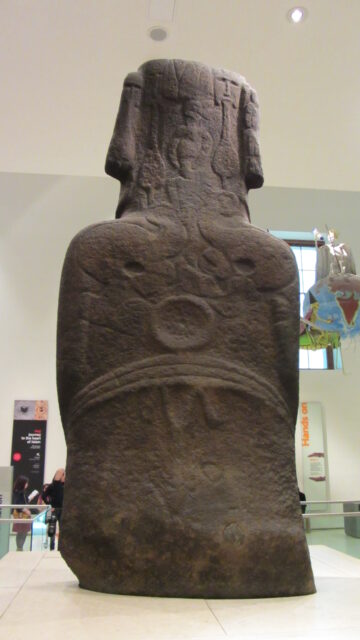
The name of Hoa Hakananai’a translates to “lost or stolen friend,” while the word Moai itself means “ancestor.” It is one of roughly 900 Moai sculptures produced by local islanders between the 11th and 17th centuries. Each carved monument depicts a glorified figure from the Rapa Nui community, such as tribe leaders.
The statue residing in London, which measures about eight feet in height and weighs an astonishing four tonnes, is said to have intriguing and unique carvings. It has all the typical details of a Moai sculpture, including a corpulent profile with a slightly frowning expression, and a single line representing the mouth.
The truly authentic details rest on the backside of the sculpture. Those include depictions of the island’s birdman cult as well as more ritualistic motifs related to the mysterious history of the place. The indigenous Rapa Nui peoples further regard that Hoa Hakananai’a helped resolve fierce internal clashes between tribesmen on the island, many centuries ago.
The importance of the Rapa Nui people visiting Britain
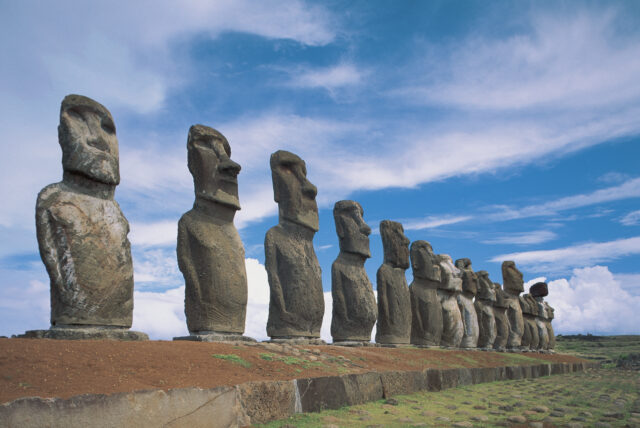
Their trip to London was significant as it was the first time the British Museum has entered a dialogue since claiming ownership of the statue in the 19th century. The demand for its return is one of many such requests to have reached the museum, however. “The British Museum has faced numerous claims to return artifacts to the countries they originate from, including the Parthenon marbles to Greece and the Benin Bronzes to Nigeria.” the Guardian reports.
For the Rapa Nui people, the mission to bring back home lost Moai sculptures might not end in Britain. More of them are currently housed in several other museums around the world, including in Belgium, France, New Zealand, as well as the United States. But Hoa Hakananai’a is said to be one of the most spiritually important.
Read another story from us: The Mystery of the Easter Island Heads May Finally be Solved
Conversations have thus been ongoing, and as of 2024, there has been a renewed campaign headed by Chilean social media influencer Mike Milfort reapplying pressure on the British Museum to return the statue.
